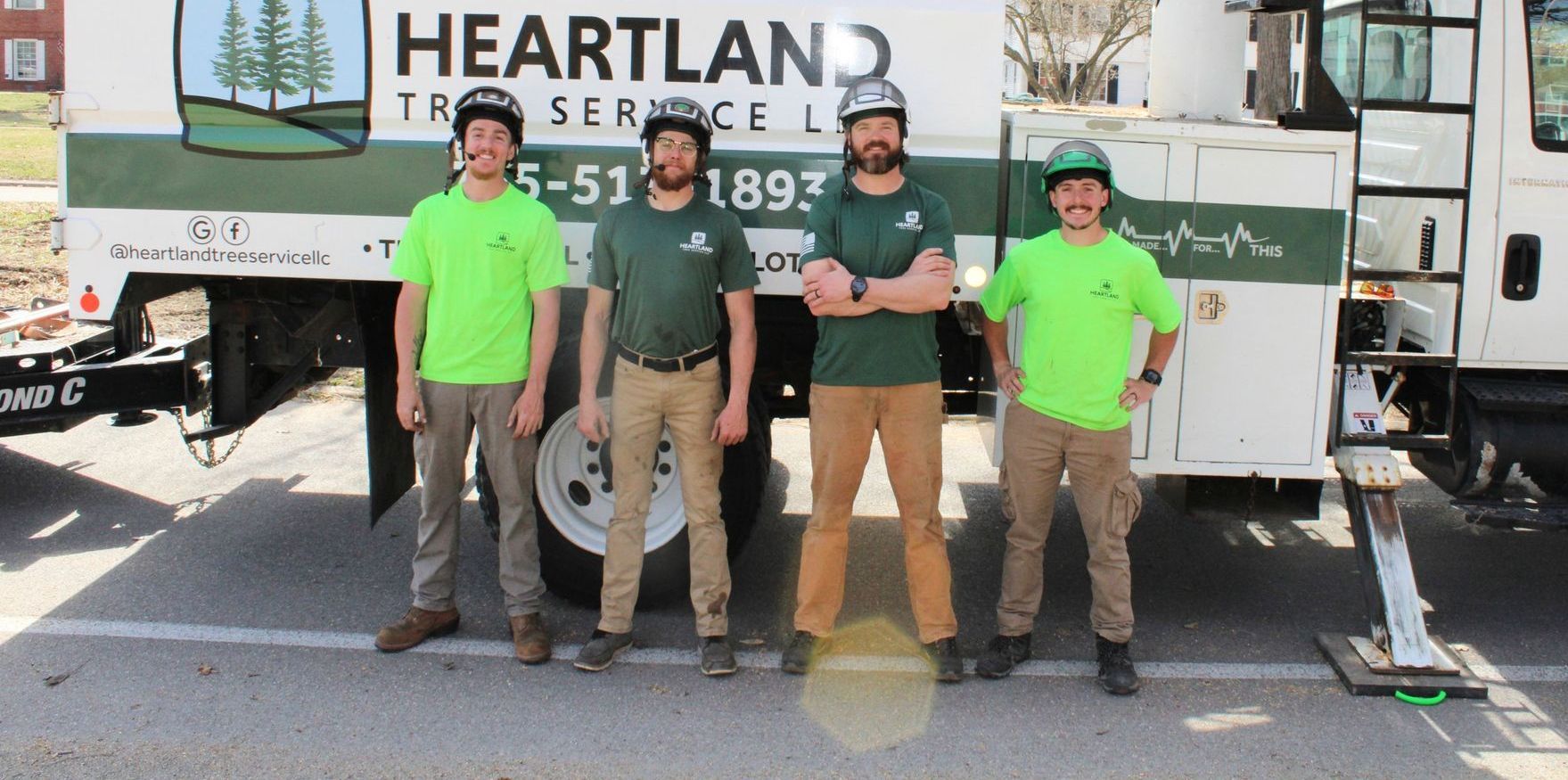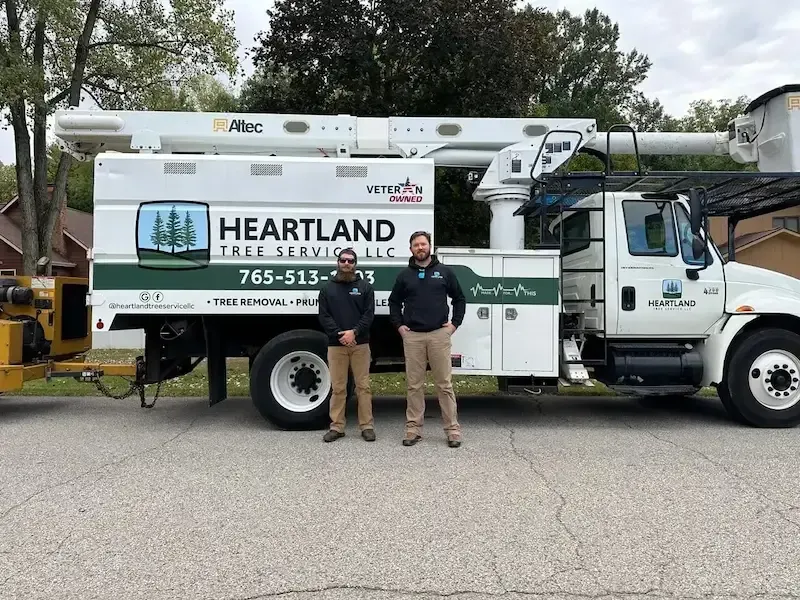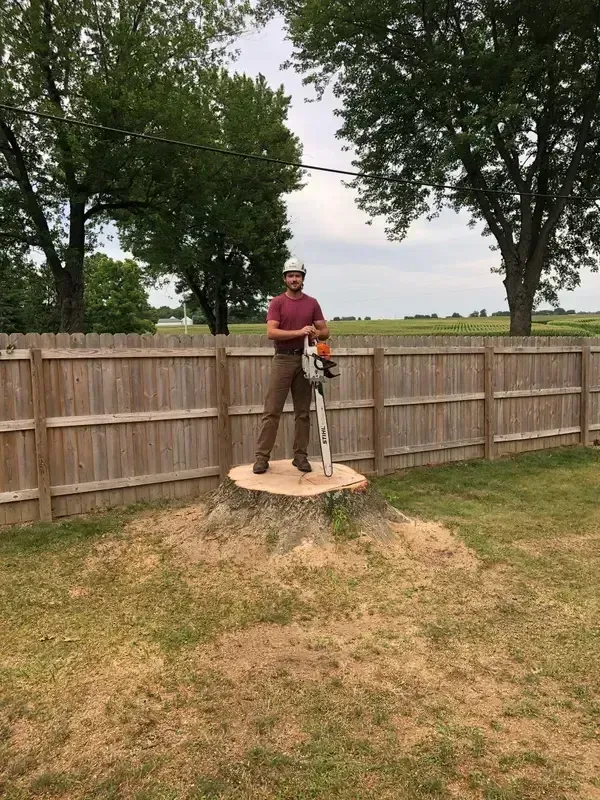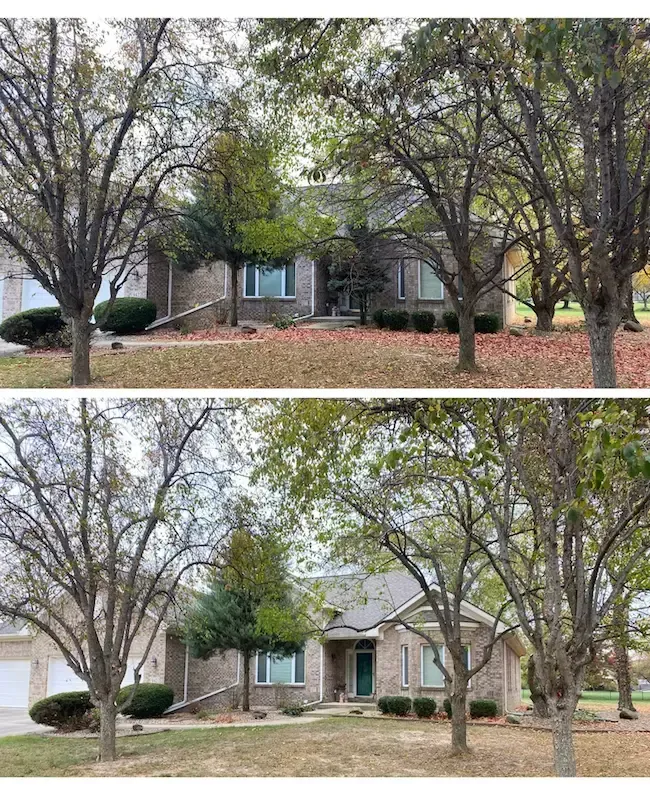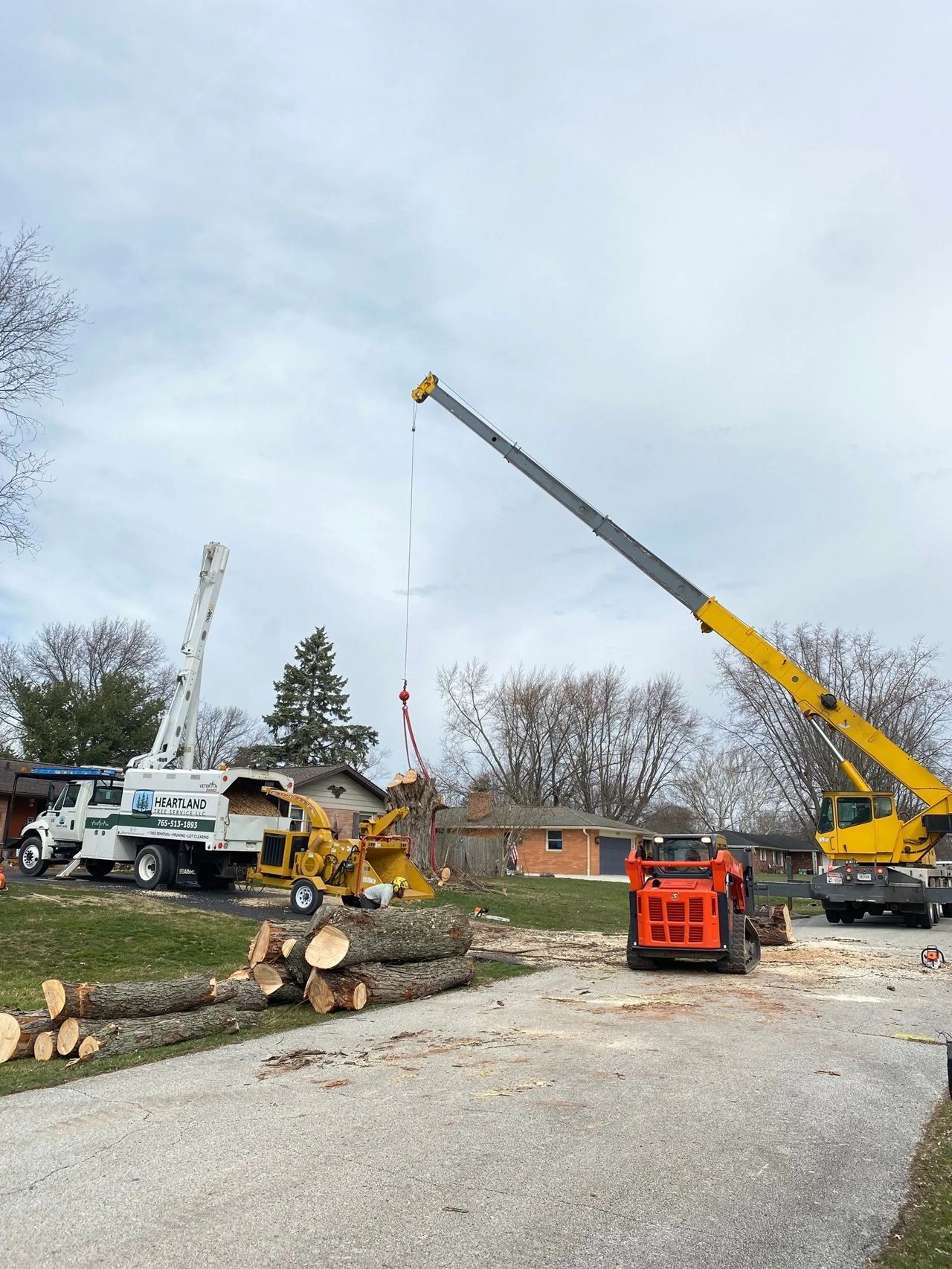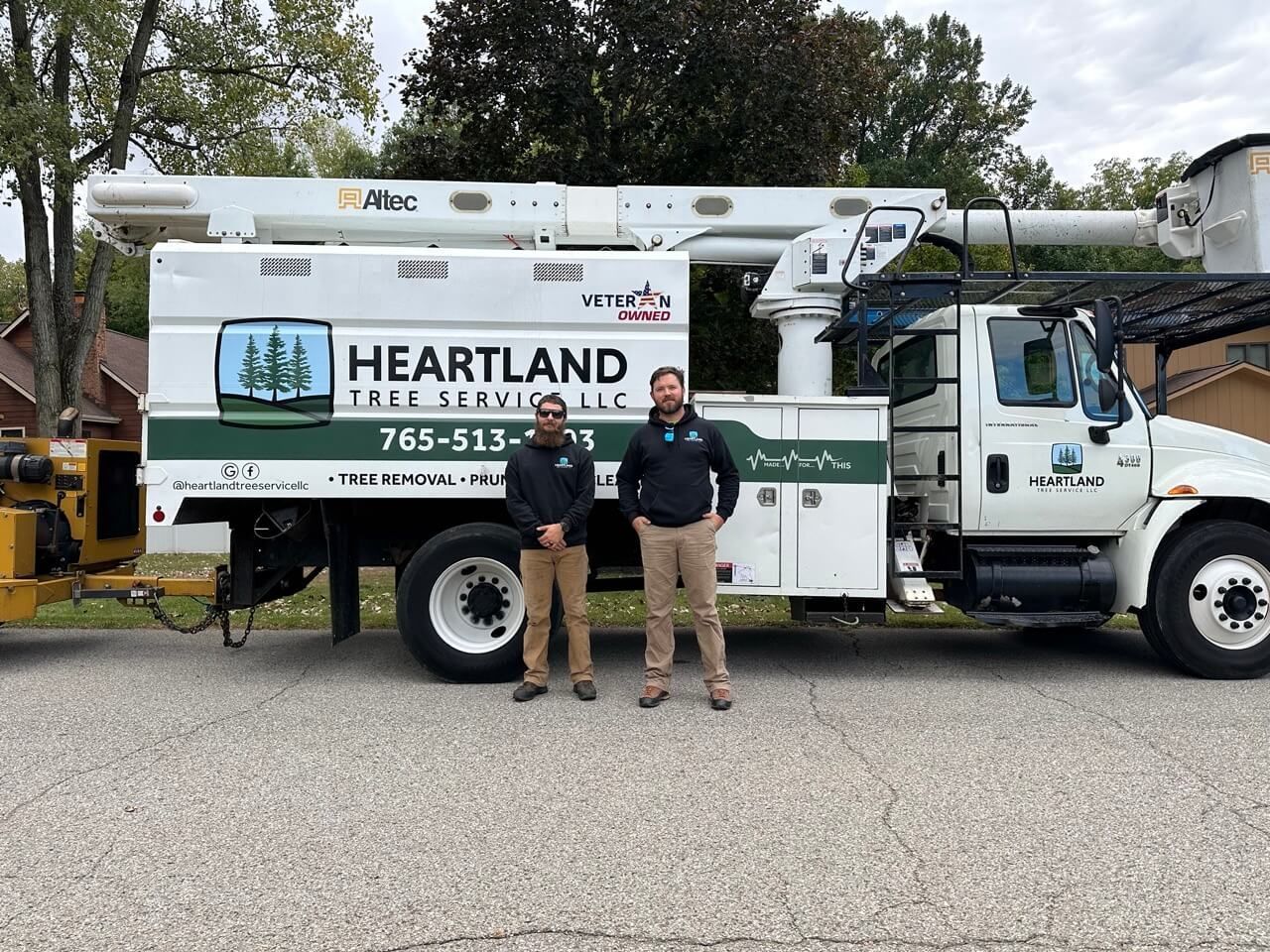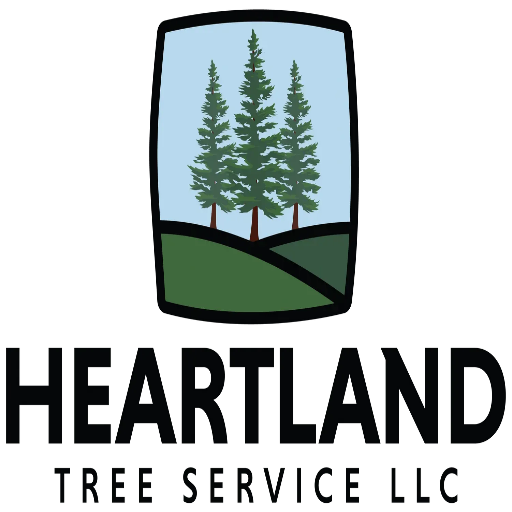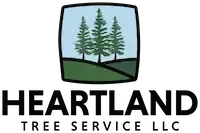Key Takeaways
- Yes, it's possible to save a half dead tree if some parts are alive while others are dying. As long as some parts are alive the tree can be restored.
- Common symptoms include yellowed leaves, cracked branches, and unusual bark coloration.
- Simple care with watering and pruning can help, but sometimes expert help is needed.
- Regular maintenance can prevent small issues from growing into big problems.
- Trusted support is available from Heartland Tree Services.
What Is a Half Dead Tree?
A half dead tree means that a tree is not totally dead, some parts of the tree still put out fresh leaves, while other areas are collapsing. This can be caused by pests, a lack of water, or even a disease. When you see a tree with both healthy and unhealthy parts, it is probably half dead.
A half dead tree looks different from a fully dead tree.
In a half dead tree, you can still see green leaves or strong branches that work well and the other half is dry with few or no leaves. Knowing the difference helps you decide how to care for the tree.
- Looking at the Leaves: Do you see green leaves?
- Checking the Branches: Some branches may be strong while others are weak.
- Looking at the Bark: Is the bark tight in some spots and loose in others?
Even a dying tree can sometimes be saved with routine checks and basic care measures that prevent minor issues from growing into major ones.
How to Tell If a Tree Is Half Dead
A half dead tree shows clear signs that something is not right. You might see parts of the tree that look different from the rest. Here are some common signs and causes:
Common Signs of a half dead tree
- Wilting Leaves or leaves that start changing color .
- Branches may break or appear fragile and start falling off.
- The bark in some spots might appear darker or lighter than usual and discolored .
- Moss or fungus may start forming on the bark which indicates too much moisture or decay.
Common Causes of a dying tree
- Pests or little bugs can eat the leaves and destroy branches.
- Infections can weaken parts of the tree.
- Both too little and too much water can stress the tree.
- Storms, high winds, or extreme heat can damage branches and may require storm cleanup.
| Sign | Possible Cause |
|---|---|
| Wilting leaves | Not enough water or disease |
| Cracked/broken branches | Storm damage or pests |
| Excess moisture | Fungal infection |
| Moss/Fungi growth | Excess moisture |
It is important to check your tree often, if you see one or two of these signs, the tree might be in trouble and its a clear signal that the tree needs some care.
The amount of damage and the cause of the problem dictate if a half dead tree can be saved. Experts examine the tree's leaves, branches, and bark to see if the healthy parts are strong enough to support recovery.
How to Treat and Care for a Half Dead Tree
Caring for a half dead tree requires clear, simple steps. Here are some basic treatment and care practices:
- Watering: Ensure the tree is well watered. Both too little and too much water can stress a tree
- Pruning: Remove branches that are obviously dead. This helps the tree use its energy on the remaining healthy parts.
- Pest Control: Check for bugs or insect infestations and treat them safely.
- Fertilization: Adding a little tree food or fertilizer can help boost the tree's strength.
- Protection: Wrap or stake the tree to protect it from extreme weather or further damage.
| Treatment | Benefit | When to Use |
|---|---|---|
| Watering | Fights drought stress | When the soil feels dry |
| Pruning | Removes weak parts | When branches are broken or dry |
| Pest Control | Prevents insects from damaging leaves | When bugs are seen |
| Fertilization | Boosts tree energy | During the growing season |
| Protection | Guards against wind or storms | Before extreme weather hits |
When to Seek Professional Help
Sometimes, the care you provide at home is not enough to save a half dead tree. In these cases, it is best to seek professional help. Knowing the signs of when to call an expert keeps your yard safe and your tree in the best condition.
- Wide Damage: The tree shows problems in many places, not just one branch.
- Safety Concerns: If the tree is leaning or has branches that may fall, it can be dangerous.
- No Improvement: When home care hasn't made a difference after some time.
- Complex Diseases: Some diseases require expert tools and knowledge for diagnosis.
When you see these signs, call the experts. They have special tools to check the health of the tree and determine the best treatment.
What Experts Do
- They come to see the tree in person.
- After that most tree removals will examine the roots, branches, and leaves to diagnose the problem.
- Finally they recommend the best way to protect the tree or remove it safely if needed.
For immediate assistance there are emergency tree services in Kokomo for immediate tree removal.
Frequently Asked Questions
Below are some frequently asked questions regarding half dead trees, with clear answers to help you decide your course of action.
How can I tell if my tree can be saved?
Check for healthy leaves and sturdy branches. If the damage is minor, proper care may allow the tree to recover.
What are the earliest symptoms of a dying tree?
Common symptoms include wilted leaves, broken limbs, and bark that appears very different from the healthy areas.
When should I contact a professional?
If the damage is extensive, the tree looks unsafe, or home care hasn't worked, call an expert. For emergency cases, visit Emergency Tree Service Kokomo.
Can regular maintenance stop a tree from dying further?
Yes. Regular watering, pruning, and pest control can keep the tree healthy and prevent further damage.
What basic treatments can I try at home first?
Begin with watering, pruning dead branches, and checking for pests. Take notes on your observations to see if the tree improves.
For more questions or help, we are open to to give you our licensed advice as a arborist when you contact us
